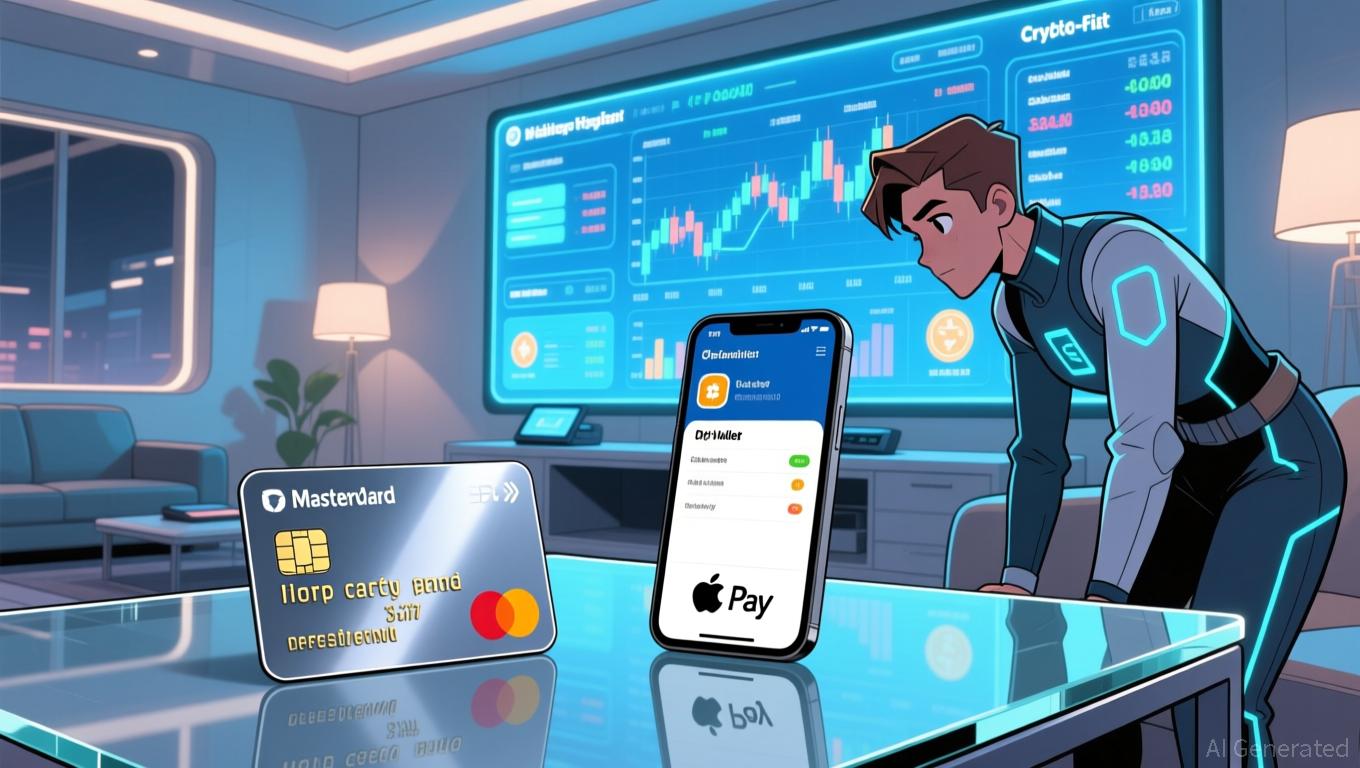Pakistan Stablecoin Revolution: How Digital Rupees Could Unlock $25 Billion Economic Boom
Imagine a financial revolution where Pakistan’s rupee goes digital, unlocking billions in economic potential. The nation is now seriously considering a groundbreaking Pakistan stablecoin pegged to its national currency, alongside a central bank digital currency (CBDC). This bold move could transform the country’s financial landscape forever.
What Exactly is Pakistan Planning with Stablecoins?
Pakistan is exploring two major digital currency initiatives. First, a Pakistan stablecoin directly linked to the rupee’s value. Second, a CBDC developed by the State Bank of Pakistan. Both projects aim to modernize the nation’s financial infrastructure and tap into the global cryptocurrency market.
The Pakistan Banks’ Association President Zafar Masud revealed the staggering potential. He believes cryptocurrency market participation could generate up to $25 billion in economic growth. This represents a massive opportunity for a developing economy seeking financial innovation.
Why is Pakistan Moving Toward Digital Currency Now?
Several factors drive Pakistan’s digital currency ambitions. The global shift toward digital payments creates urgency. Meanwhile, the potential economic benefits are too significant to ignore. Here are the key drivers:
- Economic growth potential – The projected $25 billion boost
- Financial inclusion – Reaching unbanked populations
- Payment efficiency – Faster, cheaper transactions
- International support – World Bank and IMF backing
How Far Along is the Pakistan Stablecoin Development?
Faisal Mazhar, Deputy Director at the State Bank of Pakistan, confirmed significant progress. A CBDC prototype is already in development with support from international financial institutions. The World Bank and International Monetary Fund provide crucial technical assistance and guidance.
The development follows a careful, phased approach. A pilot program will test the technology before full-scale implementation. This ensures stability and security when the Pakistan stablecoin eventually launches to the public.
What Challenges Might Pakistan Face?
Implementing a national Pakistan stablecoin involves several hurdles. Regulatory frameworks need development. Technical infrastructure requires strengthening. Public adoption demands education campaigns. However, the potential rewards justify these challenges.
International collaboration helps mitigate risks. The World Bank and IMF bring global best practices. Their involvement increases the likelihood of successful implementation.
How Could This Transform Pakistan’s Economy?
The Pakistan stablecoin initiative represents more than technological upgrade. It could revolutionize how citizens interact with money. Digital currencies enable:
- Reduced transaction costs for businesses and individuals
- Increased financial transparency and reduced corruption
- Enhanced cross-border trade capabilities
- Improved monetary policy implementation
What’s Next for Pakistan’s Digital Currency Journey?
The roadmap includes completing the prototype, running pilot tests, and gradually expanding access. The Pakistan stablecoin development timeline depends on technical success and regulatory approvals. However, momentum is clearly building toward digital currency adoption.
International observers watch closely. Pakistan’s success could inspire similar initiatives across developing economies. The nation positions itself as a digital currency pioneer in the region.
Frequently Asked Questions
What is a Pakistan stablecoin?
A Pakistan stablecoin is a digital currency pegged to the Pakistani rupee’s value, providing cryptocurrency benefits with reduced volatility.
How does a CBDC differ from regular cryptocurrency?
A CBDC is government-issued and centralized, unlike decentralized cryptocurrencies like Bitcoin, offering official backing and regulatory oversight.
When will Pakistan launch its digital currency?
No official launch date exists, but development is underway with pilot programs planned before full implementation.
Will the Pakistan stablecoin replace physical cash?
Initially, digital currencies will complement rather than replace physical money, providing additional payment options.
How can citizens access the digital rupee?
Access methods are still being determined, but likely through banking apps, digital wallets, and authorized financial institutions.
Is the Pakistan stablecoin secure?
Security is a top priority, with blockchain technology and international expertise helping ensure system integrity.
Found this insight into Pakistan’s digital currency revolution valuable? Share this article with others interested in cryptocurrency innovation and economic development!
To learn more about the latest cryptocurrency trends, explore our article on key developments shaping digital currency adoption and regulatory frameworks.
Disclaimer: The content of this article solely reflects the author's opinion and does not represent the platform in any capacity. This article is not intended to serve as a reference for making investment decisions.
You may also like
A former doctor has introduced Robyn, a compassionate AI partner

Cardano News Update: EMCD’s Crypto Card Connects Blockchain with Everyday Purchases
- EMCD launched a free crypto payment card enabling USDT spending via Mastercard , Apple Pay, and Google Pay, bridging digital assets to daily transactions. - Competitors like Exodus and Jour Cards introduced similar tools, targeting unbanked populations and expanding crypto utility for iTunes, gift cards, and global remittances. - Stablecoin transaction volumes hit $46 trillion in 2025, with 19% of crypto owners projected to use digital assets for payments by 2026, per eMarketer. - Traditional banks like

Lighter Secures $68 Million to Drive Institutional DeFi Expansion Despite Market Hesitancy
- Lighter secured $68M in a new round led by Founders Fund and Ribbit Capital, valuing it at $1.5B to boost DeFi trading infrastructure. - The funding aligns with a broader crypto VC surge, including Ripple's $500M and Lava's $200M, highlighting institutional interest in blockchain finance. - CEO Vladimir Novakovski emphasized scaling infrastructure with both equity and token subscriptions to enhance institutional-grade trading solutions. - Despite market caution, DeFi protocols like Lighter attract invest
JPMorgan and DBS Establish Unified Cross-Chain Protocol for Institutional Transactions
- JPMorgan and DBS develop blockchain framework for cross-chain tokenized deposit transfers, aiming to set institutional payment standards. - The framework links DBS Token Services with JPMorgan’s Kinexys, enabling 24/7 real-time settlements across public and permissioned blockchains. - It addresses cross-border transaction demands, reducing fragmentation as global banks adopt tokenization. - Overcoming interoperability challenges could redefine institutional liquidity access and market reach.

